Featured Projects
- All
- UBC
- IEEE
- Personal

Shadowing, i.e., listening to recorded native speech and simultaneously vocalizing the words, is a popular language-learning technique that is known to improve listening skills. However, despite strong evidence for its efficacy as a listening exercise, existing shadowing systems do not adequately support listening-focused practice, especially in self-regulated learning environments with no external feedback. To bridge this gap, we introduce CAST, a shadowing system that makes self-regulation easy and effective through four novel design elements — (i) contextual blurring for inducing self-reflection on misheard portions, (ii) in-the-moment highlights for tracking and visualizing progress, (iii) self-listening comparators for post-practice self-evaluation, and (iv) adjustable pause-handles for self-paced practice. We base CAST on a formative study (N=15) that provides fresh empirical grounds on the needs and challenges of shadowers. We validate our design through a summative evaluation (N=12) that shows learners can successfully self-regulate their shadowing practice with CAST while retaining focus on listening.
Unraveling the subtleties of intonation and pacing can be a challenge for non-native English speakers to master on their own. However, these two prosodic features are crucial elements of clear, comprehensible speech. Practicing intonation and pacing through oral reading can be puzzling because novice learners may not know when to pause and how to pace their words. Furthermore, they can find it difficult to pronounce words that have identical spellings, but have totally different meanings linked to subtle shifts in intonation. For example, ˈäbjekt refers to a material object whereas /əbˈjekt/ refers to expressing disapproval. In this project, I addressed this problem by designing and testing four visual scaffolds that that augment and alter plain text and incorporate the missing sound features.
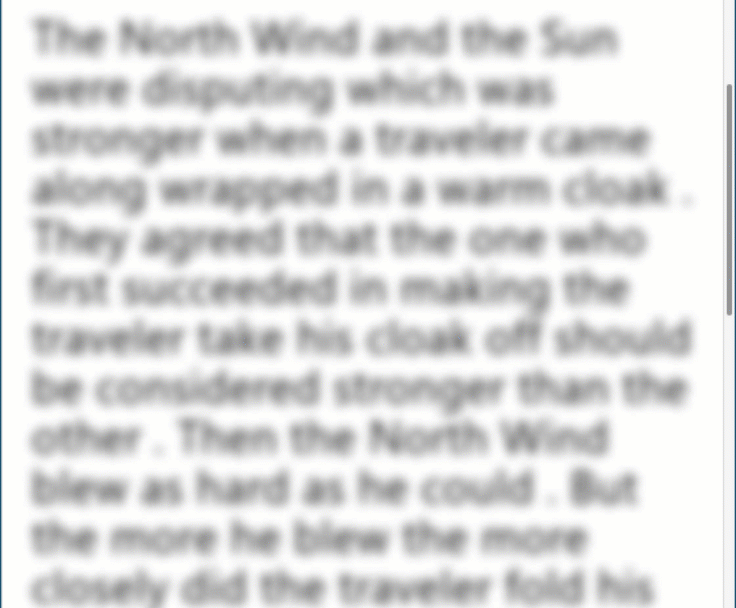
Gaussian Blurring and Underlining
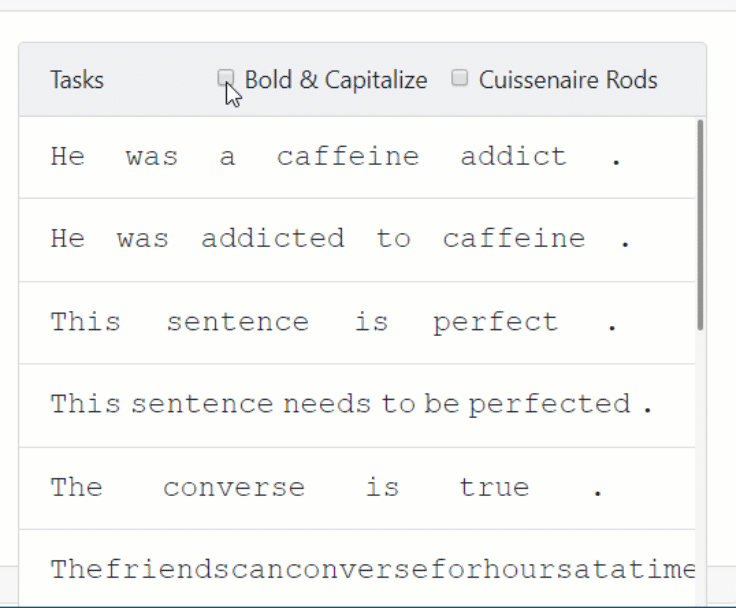
Cuisenaire Rods, Bolding & Capitalization
To evaluate my ideas, I built a prototype and asked 9 participants to create 652 oral recordings of different sample sentences with and without the support of different combinations of those four visual scaffolds. Results from two experiments indicated that (i) dynamic gaussian blurring can be an effective means for controlling speech pace and (ii) a combination of bolding, capitalization and Cuisenaire rod overlays can help convey information on syllable and word level stress.
We explored the use of word embedding models to represent various Reddit comments as high-dimensional vectors and applied these vectors as inputs to a collection of classification models to classify comments as either being sarcastic or not. Further, we compared the performance of word embedding models to traditional text-classification techniques using a bag-of-n-grams representation. Five-fold cross-validation results on various models using 250,000 and 150,000 comments showed that a simple Bernoulli Naive-Bayes classifiers using unigrams and bigrams worked best, with validation error rates as low 30.9%. The more sophisticated vector representations using word-embedding proved to be inadequate for classifying sarcastic comments, with validation errors ranging from 39.46% using an SVM with RBF change-of-basis classifier, to 55.435% using Logistic Regression with L2 regularization.
Kyle did some fantastic T-SNE plots of 200 dimensional vector representations of various comments using Doc2Vec yielded some particularly interesting serpent-like results. We ended up calling them Sarcastic Snakes.
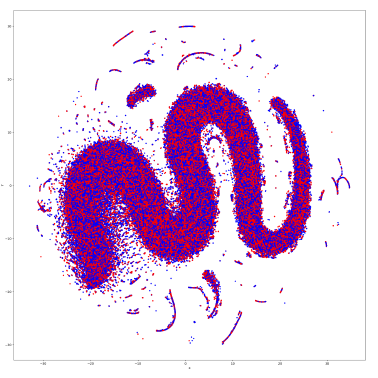
All Comments
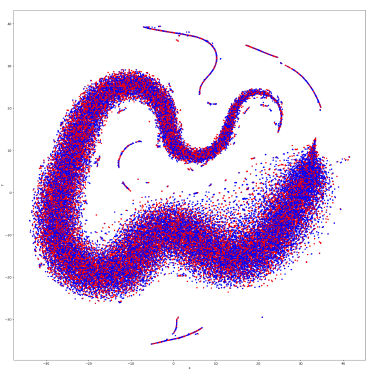
Comments from r/AskReddit
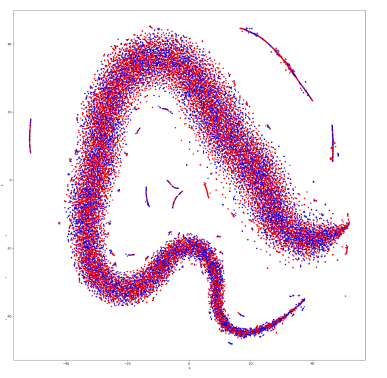
Comments from the r/Politics
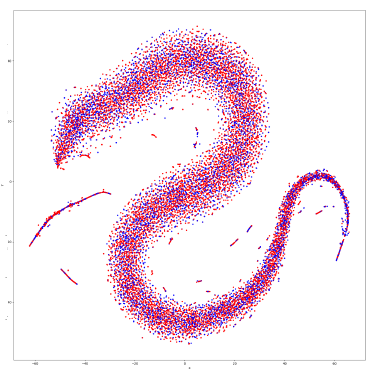
Comments fromthe r/Worldnews
We worked with an industry liaison from WeatherBug, a leading weather-information service provider, to tackle the problem of error-handling in weather Voice-User-Interfaces (VUIs). We identified several error-handling strategies from the literature and implemented them in our VUI prototyping tool. The tool also facilitated a Wizard of Oz user study, in which we tested our error handling strategies against the ones currently used in the WeatherBug Alexa app. We conducted a user study and evaluated four strategies (rapid re-prompt; detail escalation; context awareness; and grunt mode) and recommended design guidelines to WeatherBug. I handled client communications with the industry liaison, and developed the front-end portion of our VUI Wizard-of-Oz prototyping tool.
I researched and drafted a grant proposal for the IEEE Bangladesh Section while working with them as part of their Student Activities Committee in 2017. For the first time in the section's history, IEEE BDS was awarded a grant of USD 10,000 by the IEEE Foundation as a direct result of that proposal.
In 2017, IEEE Foundation was awarding grants to projects that addressed the following theme: Raise awareness and understanding of science and technology and their potential to address a global challenge.
The foundation mentioned five specific global challenges: (i) energy, (ii) cyber-security, (iii) security, (iv) healthcare and (v) sustainability. Among these, I chose energy as a worthy challenge to address. There were several reasons why I felt this way:
The key idea for the intiative is simple - (i) create quality resource material that teache the basic concepts behind nuclear energy technology and (ii) deliver workshops to dissimenate these resources to students across IEEE Region 10.
I began by designing the pieces on SketchUp, a 3D modelling application. I kept the geometry simple enough to flatten and fold while still retaining the distinctive features of each chess piece.The goal of this project was to see if I could take something fundamentally simple like paper, and create with it something wonderfully complex like a set of chess pieces.
Once my pieces were done, I unfolded the 3D shapes into 2D geometric nets using a handy SketchUp plugin called Flattery. I flattened them in a way that minimized the number of resulting components required to reconstruct each piece using cardstock.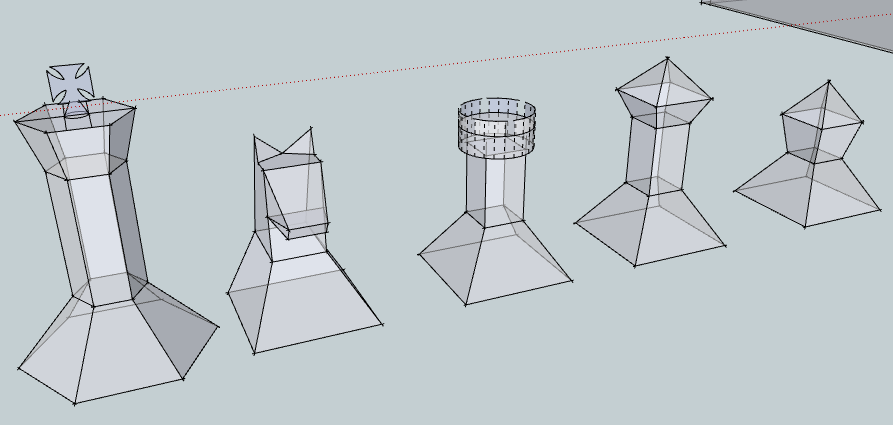
I compiled my design into this document of geometric nets that anyone can print, cut and fold into a DIY paper chess-set with a few hours of spare time, some glue and oodles of patience.
Geometric Nets for the the Knight and the King

The Completed Model